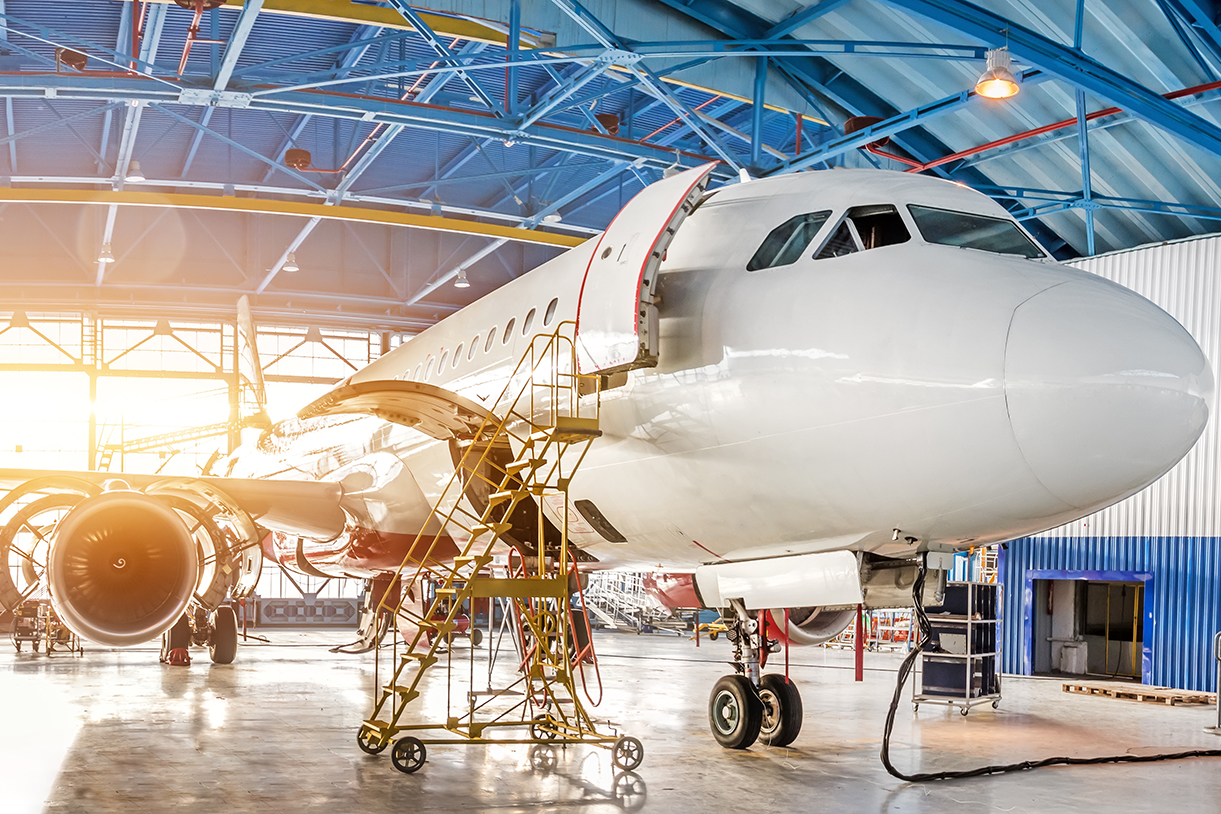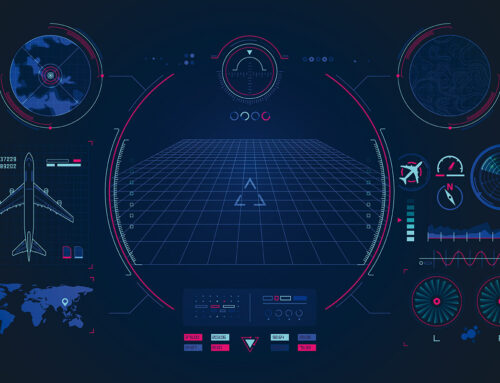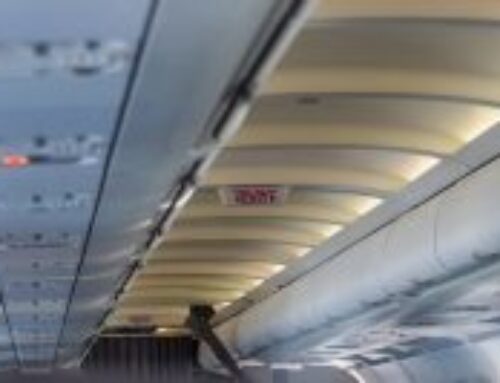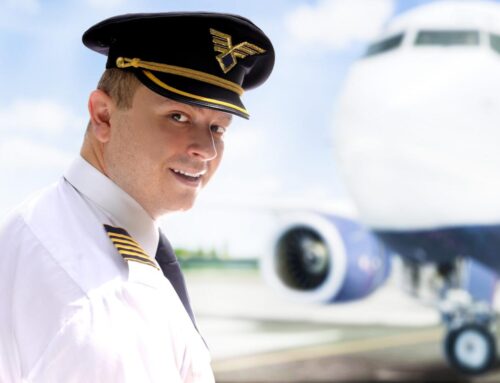How an aircraft is made

We take for granted that we can fly from one end of the world to the other in a matter of hours, but only a century ago this incredible ability to travel through the air was a dream that had only recently been accomplished.
What would the Wright brothers – the pioneers of motorized flight – say if they suddenly found themselves plunged into our age and if they discovered that last year in a single day up to 200,000 planes crossed the skies? They would be surprised, of course, and be very very impressed by the kind of aeroplanes presently flying through the skies that are so different from the one they were accustomed to, the Flyer, the prototype that made the dream of flying come true.
How do planes fly?
If you’ve ever seen an airliner take off or land on the ground, the first thing you’ll notice is the noise of the engines. Jet engines, which are long metal tubes that burn a continuous stream of fuel and air, are much louder (and much more powerful) than turboprops.
You might think that engines are the key element to flying a plane, but you’d be mistaken. Gliders, for example, like birds, can fly without engines. Four forces act on an aircraft in flight: when the aircraft flies horizontally at a constant speed, the lift from the wings exactly balances the weight of the aircraft and the thrust exactly balances the drag.
However, during take-off, or when the plane climbs into the sky, the thrust from the engines that propel the plane forwards overcomes the drag (air resistance) that tends to pull it back, allowing the plane to accelerate.
An aircraft’s engines are designed to move it forwards at high speed. This allows the air to flow over the wings, generating an upward force called lift that equals the weight of the plane and holds it in the sky. So it is the engines that move an aircraft forwards, while the wings move it upwards.
The main components of an airplane
In a modern aircraft, the main components, which are also easily recognizable from the outside, are:
- the cockpit;
- the wings;
- the landing gear;
- the flaps;
- the fuselage, and
- the empennage (tail).
The cockpit is the front of the aircraft, the cabin where the pilot and first officer pilot the aircraft. This is the brain of the aircraft, which has all the necessary instrumentation to direct the flight and communicate on the ground.
Most aircraft wings have a curved top surface and a flatter bottom surface, creating what is called an “airfoil”. This affects the speed of the plane, because it generates more or less air resistance: in fact, for an aircraft to fly, a force must be generated that can balance its weight and, therefore, keep it in the air. That is the lift, which is generated by the wings.
The landing gear is, instead, a mechanical system located in the lower part of the aircraft and consists of a frame that is normally retractable and mounted on wheels that must support the aircraft when it moves on the ground and during the manoeuvers of take-off and landing.
The flaps are the movable part placed on the trailing edges of the wings, which helps to increase the curvature and, therefore, the lift at low speeds: for this reason they are used above all during take-off and landing.
The fuselage is the body of the aircraft that contains the crew and cargo: airliners are distinguished by the size of the fuselage, which houses the passenger cabin. In fact, there are models that have a narrow fuselage (narrow-body aircraft), because they only have one aisle, or planes with a wide fuselage (wide-body aircraft) and, therefore, with more than one aisle or even more than one deck.
The empennage (tail) is, instead, the tail of the aircraft: it has a stabilizing function on the aircraft and allows its manoeuvers. It is usually composed of two planes, a horizontal one, which, in turn, consists of a horizontal stabilizer and an elevator, and a vertical one, divided between vertical stabilizer (fin) and rudder.
There is still a lot to say about aircraft: technology is changing the way people fly faster and faster and even aircraft are changing their appearance! For example, do you know which are the largest planes in the world? And what are the most famous models? The world of aviation never ceases to amaze us!
All categories
Popular Posts
Recent Posts






